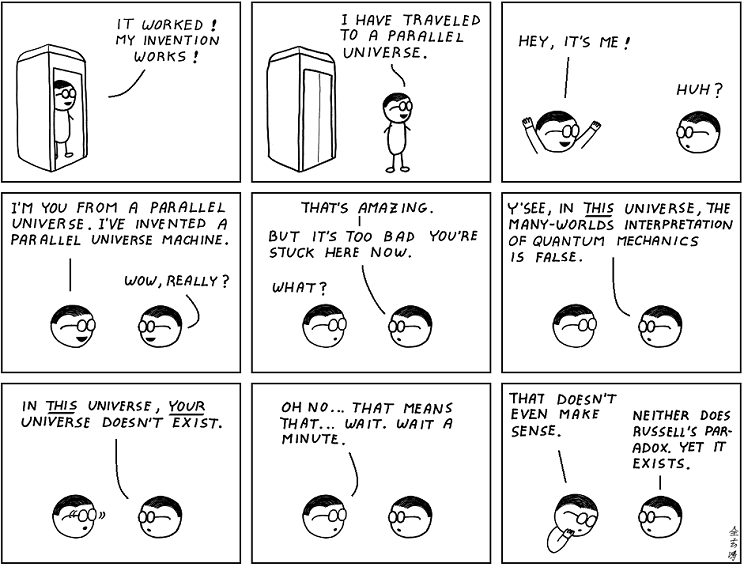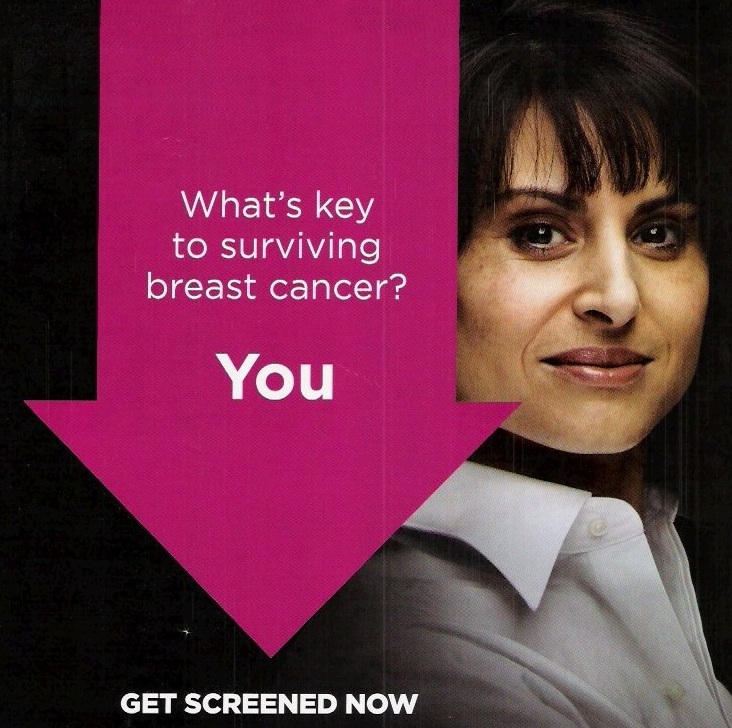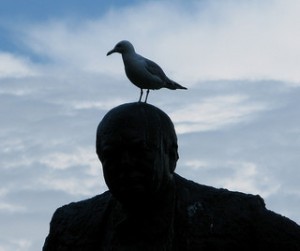 Most scientists are reluctant to talk about “curing” mental illness, and rightly so. The mountain is too steep: These disorders have a range of genetic and environmental causes, and symptoms vary widely from person to person. But for post-traumatic stress disorder (PTSD) — in which people are haunted for months or years by memories of a life-threatening event — that framework is all wrong.
Most scientists are reluctant to talk about “curing” mental illness, and rightly so. The mountain is too steep: These disorders have a range of genetic and environmental causes, and symptoms vary widely from person to person. But for post-traumatic stress disorder (PTSD) — in which people are haunted for months or years by memories of a life-threatening event — that framework is all wrong.
So says The Time Cure, a book out later this month claiming that people with PTSD can find long-lasting relief by simply re-framing their concept of time. The authors outline a new clinical approach, dubbed Time Perspective Therapy or TPT, which they say is far more effective than any other treatment.
The book includes a lot of common-sense advice: Focus on good rather than unpleasant memories, find enjoyable hobbies, fraternize with a supportive community, make realistic goals. Following these simple directives would no doubt help many people, sick or not, improve their lives. Still, given the millions of people who suffer from PTSD, heralding a cure seems an act of hubris — especially when the evidence is limited to a small (and not peer-reviewed) clinical trial and more than 100 pages of poignant personal stories.
Continue reading





 Scientists aren’t very good at telling stories.
Scientists aren’t very good at telling stories.